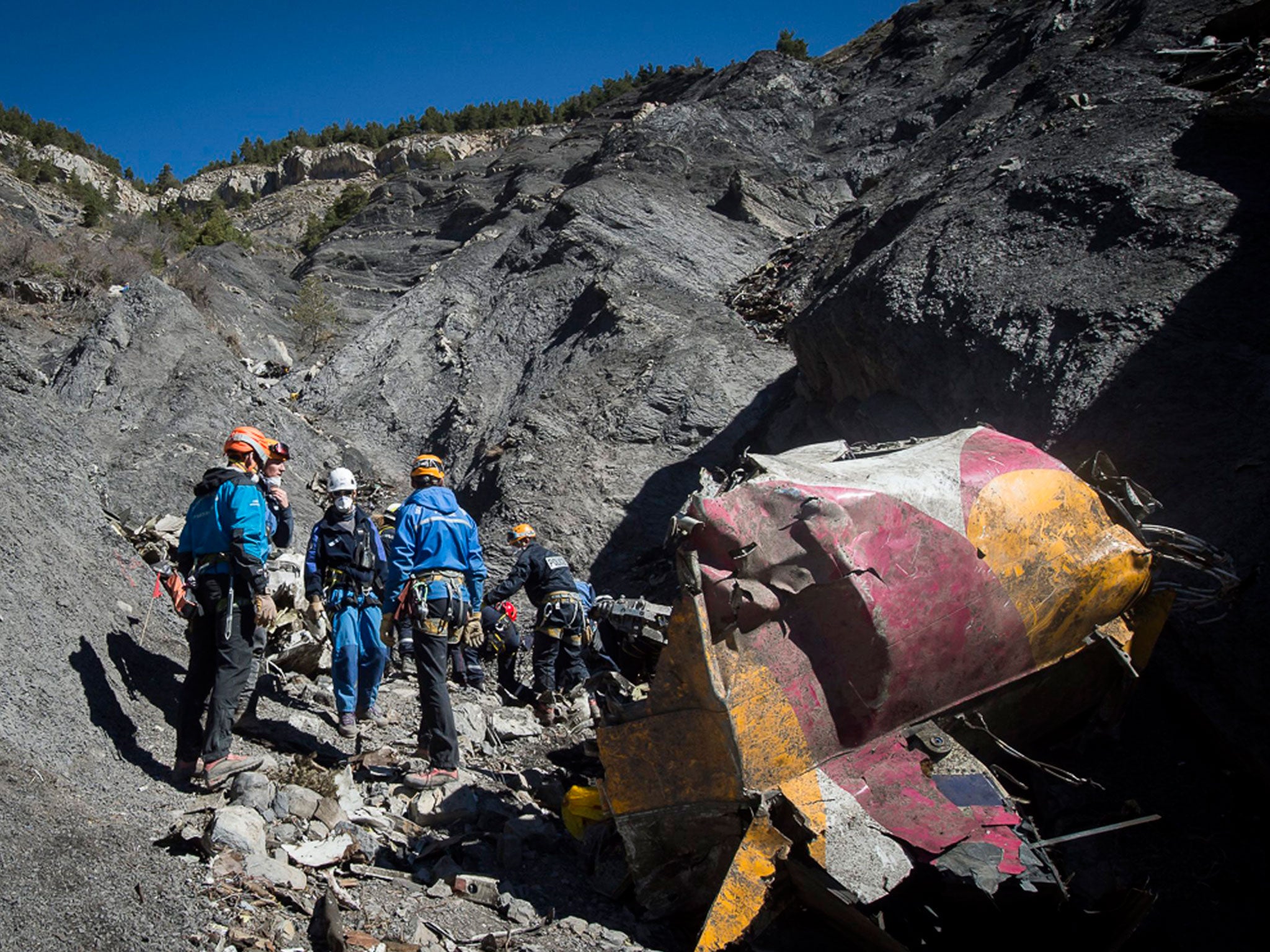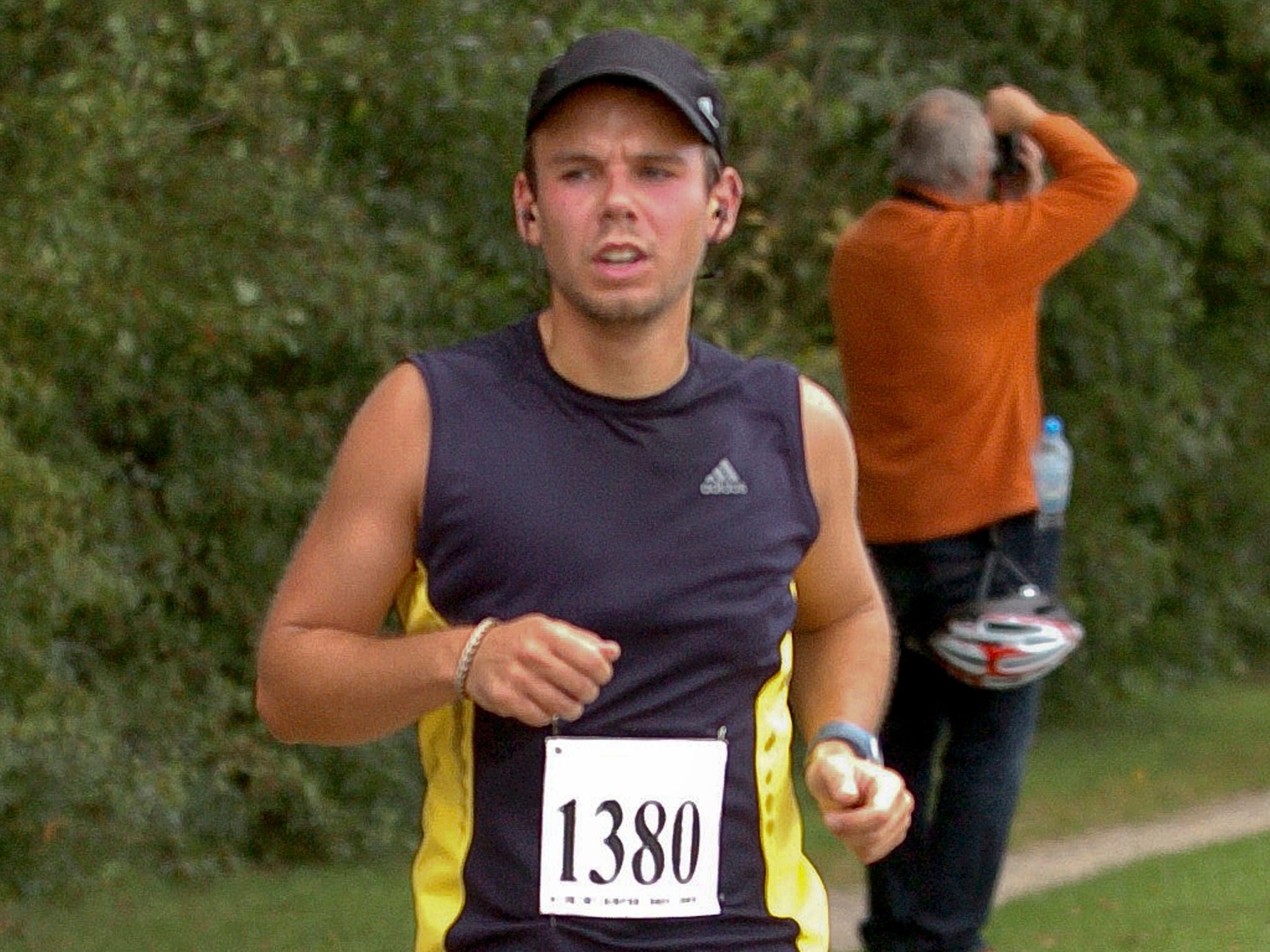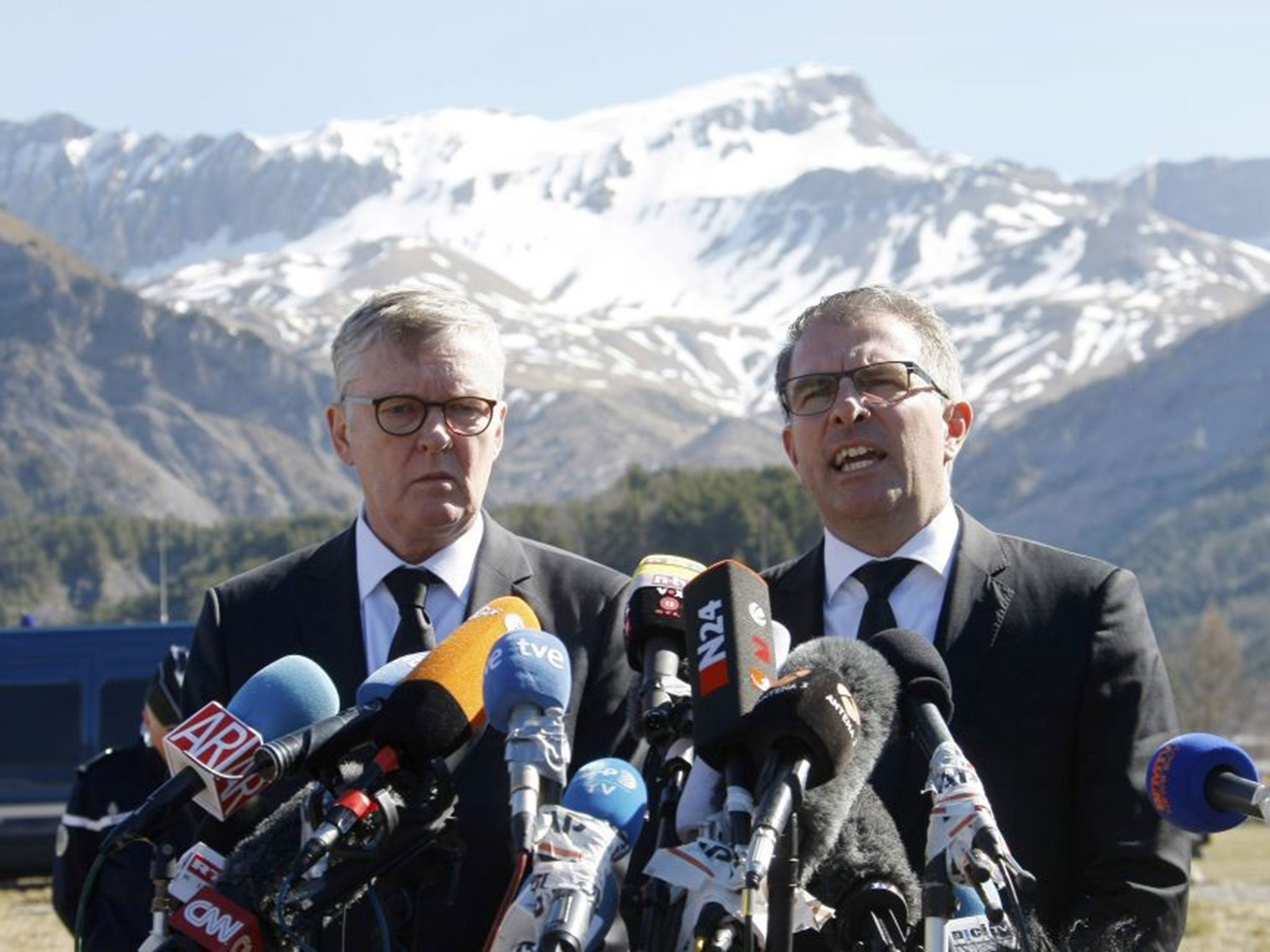Germanwings plane crash: Investigators finish recovering body parts from the site
Identifying bodies of passengers and crew could take months

Investigators have finished retrieving human remains from the site of the Germanwings crash in the French Alps, where 150 passengers and crew were killed.
The recovery project has been an arduous process as the plane hit the Alps at 430mph, meaning not a single body was found intact and some remains were buried below the ground by the force of the impact.
A team of hundreds have been sifting through the pieces of wreckage to find even the tiniest remains, such as a shred of skin, in the hope of retrieving DNA matching them to the passengers, crew and pilots. By Friday, up to 600 remains had been found.
Dental and surgical records, tattoos and DNA from hair or toothbrushes will also be used to identify victims of the air disaster, which is believed to have occurred when co-pilot Andreas Lubitz descended the Airbus A320 into a mountain.
The cockpit voice recorder was recovered shortly after the crash, but the second black box has still not been found.
Francois Daoust, head of the France's IRCGN national criminal laboratory in Pontoise, said forensic teams based at the crash site and in Paris had isolated 78 distinct DNA profiles from the hundreds of samples recovered at the site, leaving 72 people unaccounted for.

Mr Daoust said the process of identification could take between two and four months. He said all the families will be informed at the same time who has been identified.
"If I announced an identification as soon as I had it to a family, psychologically it's an oppression and a pressure on those that don't yet have an identification," he added.
Prosecutors say Lubitz had suffered a severe depressive episode in the past and had at one point demonstrated suicidal tendencies. A search of his home in the town of Montabaur retrieved torn-up sick notes indicating he should have been on leave on the day of the crash. Germanwings said it did not receive any medical letters from Lubitz.
A special unit of mountain troops, with help from German investigators, is now clearing the crash site of debris and personal effects left strewn across the mountains.

Lufthansa chief executive Carsten Spohr and the head of Germanwings, Thomas Winkelmann, visited the crash site on Wednesday.
Additional reporting by PA
Join our commenting forum
Join thought-provoking conversations, follow other Independent readers and see their replies
Comments